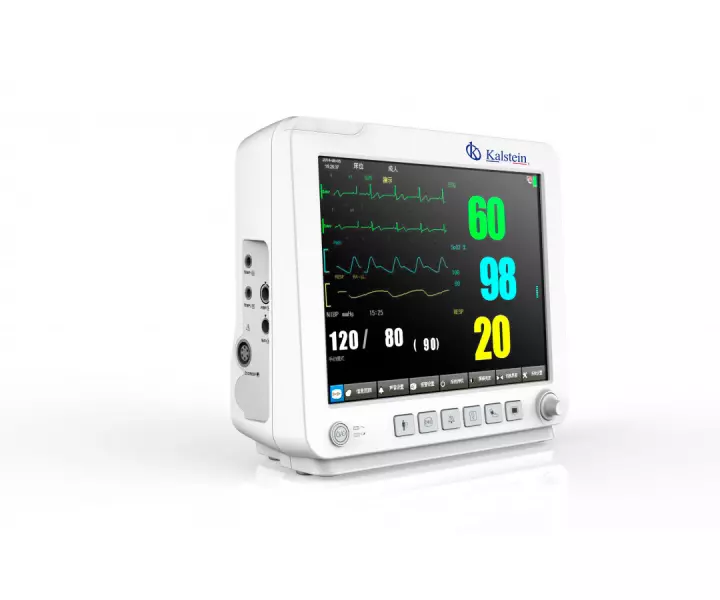The prevalence of vitamin B12 deficiency (B12) is approximately 6-12% in people <60 years, and around 17% in all adults with macrocytic anemia. However, the elderly, pregnant women and vegans are more susceptible to B12 deficiency, so there should be a higher index of suspicion in populations that have suggestive symptoms and signs.
The diagnosis of B12 deficiency is not always simple, because the symptoms and signs may be nonspecific, particularly in the early stages, and the lack of consensus about the reference ranges for the biochemical tests used to define or indicate the B12 deficiency.
When to suspect vitamin B12 deficiency?
B12 deficiency should be suspected in patients with suggestive symptoms and signs, especially if they have risk factors.
However, since neurological sequelae can occur in the absence of anemia, B12 levels should be measured in any patient with early neurologic signs and symptoms.
In the absence of specific characteristics or if the patient does not have a defined risk factor, verification of B12 levels routinely has had limited clinical utility and can lead to a therapeutic dilemma.
What to look for in the physical exam?
Perform a clinical examination looking for signs of anemia and neuropsychiatric disorders. In the most severe form of B12 deficiency, subacute combined degeneration of the spinal cord can develop.
This presents as a slowly progressive symmetric weakness and paresthesia of the lower extremities (peripheral sensory neuropathy) accompanied by sensory ataxia. In the initial stages, this can be detected as a deterioration of vibrational proprioceptive sensitivity.
What are the initial investigations?
- Determination of serum vitamin B12.
- Determination of serum folate.
- Complete blood count and blood indices
- Anti-intrinsic factor antibodies (if there is a clinical suspicion of pernicious anemia)
- Holotranscobalamin
When are specialized investigations necessary?
The prevalence of pernicious anemia is approximately 4% in European countries and increases with age. It is a form of atrophic gastritis with autoimmune destruction of the parietal cells of the stomach, with the loss of the production of intrinsic factor, which leads to the reduction of B12 absorption.
There is an association with other autoimmune conditions, although they can occur in isolation. The authors suggest that investigations for pernicious anemia should be considered in patients with clinical manifestations of B12 deficiency (haematological or neurological symptoms) regardless of B12 levels, also as in those with low serum B12 levels without any cause or Obvious risk factors.
Treatment
Consider treatment with vitamin B12, with the main objective of alleviating the symptoms and signs caused by its deficiency. The authors recommend following the recommendations of the British Society of Haematology on the management of patients with suspected B12 deficiency, who are divided into patients with disease defined by their clinical signs and patients with nonspecific symptoms.
- Parenteral B12 (injection of hydroxocobalamin, intramuscular or deep subcutaneous): It is recommended to follow the dosage guidelines described in the British National Formulary (1 mg, 3 times / week, for 2 weeks, and then, 1 time every 3 months) . However, if the neurological characteristics are present, the initial treatment should be given on alternate days until the symptoms improve, followed by a maintenance treatment, once every 2 months. The duration of treatment will depend on the reversibility of any underlying cause and may last a lifetime, particularly in cases of pernicious anemia.
- B12 oral: In asymptomatic individuals without evidence of malabsorption or for maintenance treatment after correction of signs or symptoms with parenteral B12; The administration of 50-150 μg / day of oral cyanocobalamin can be tested, except in cases of pernicious anemia.
In Kalstein we offer you the digital monitor of brain electrical activity, which generates a high quality electroencephalogram, very useful in the detection of neuronal problems. That’s why we invite you to take a look at HERE


